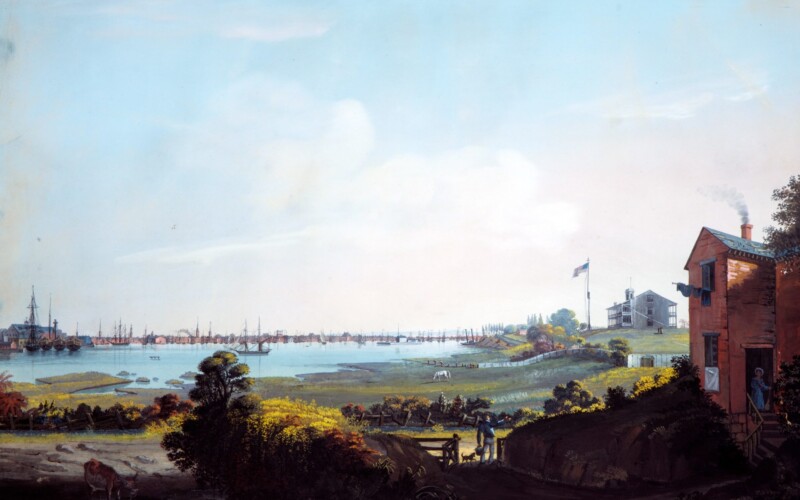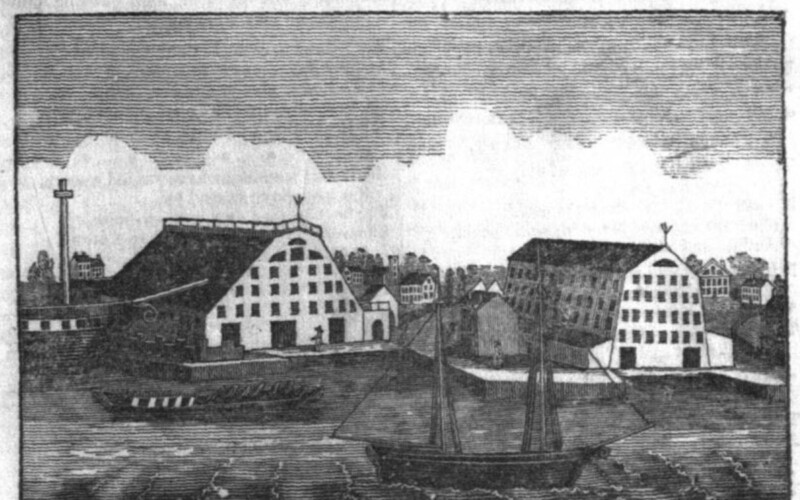We have experience hosting a range of audiences, from college classes to birthday parties to company outings, and we customize our tours to meet your group’s interests and needs.
Book a private tour today
In 1835, Naples-born painter Nicolino Calyo arrived in New York, and over the next 20 years, he produced a body of work that captured both the grandeur and minutia of …
Read more

After nearly 12 years of leading tours at the Brooklyn Navy Yard, one of the most difficult questions we get – and almost always from young people – is this: …
Read more
